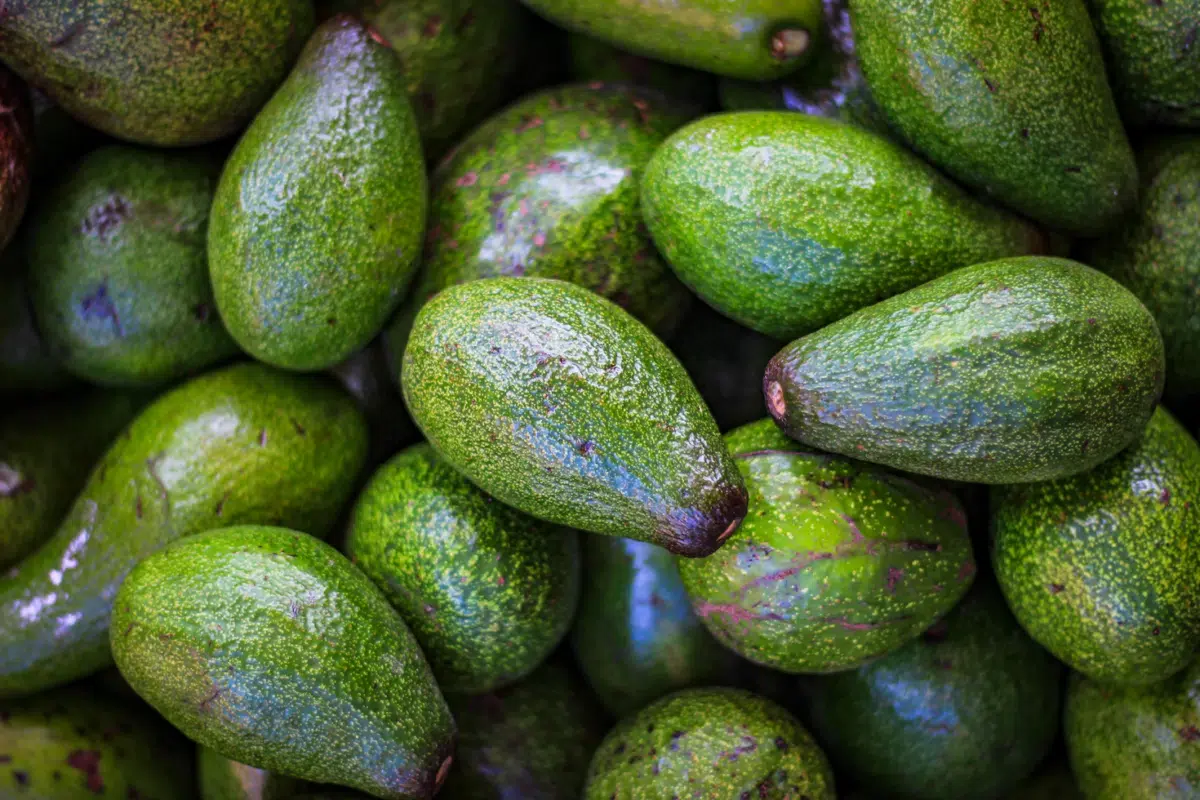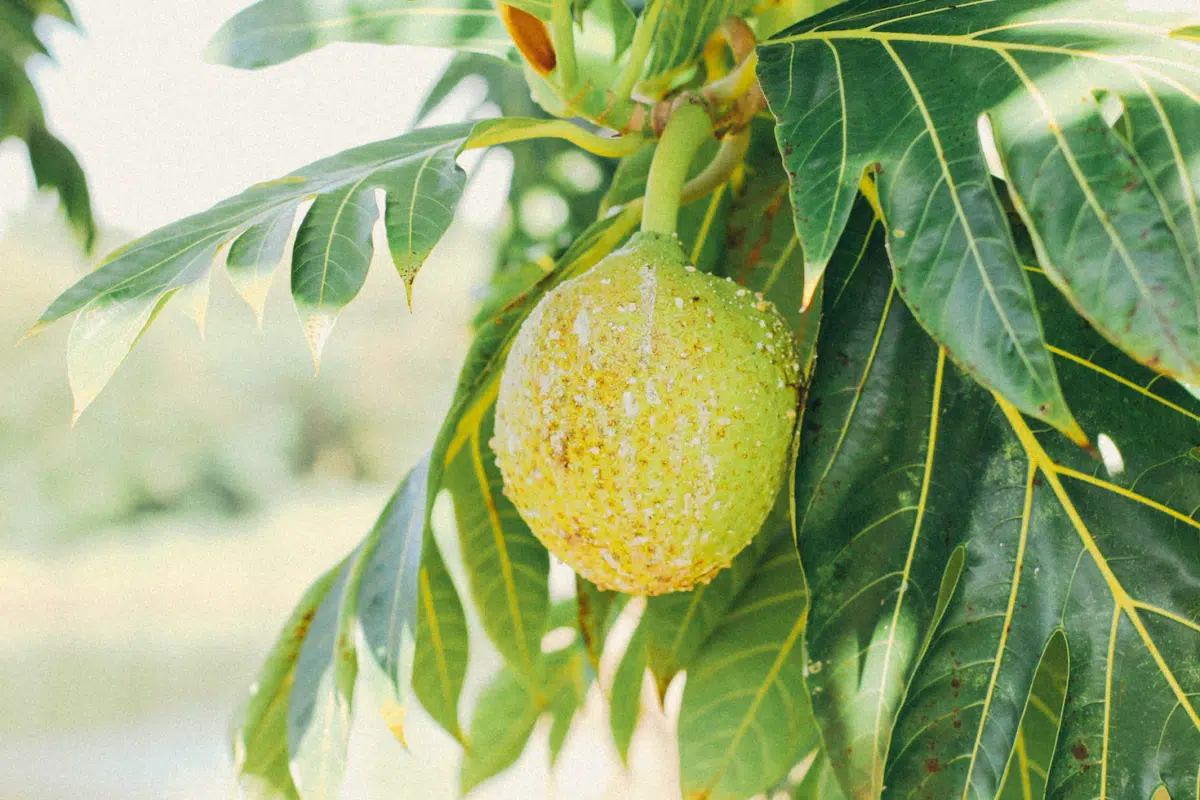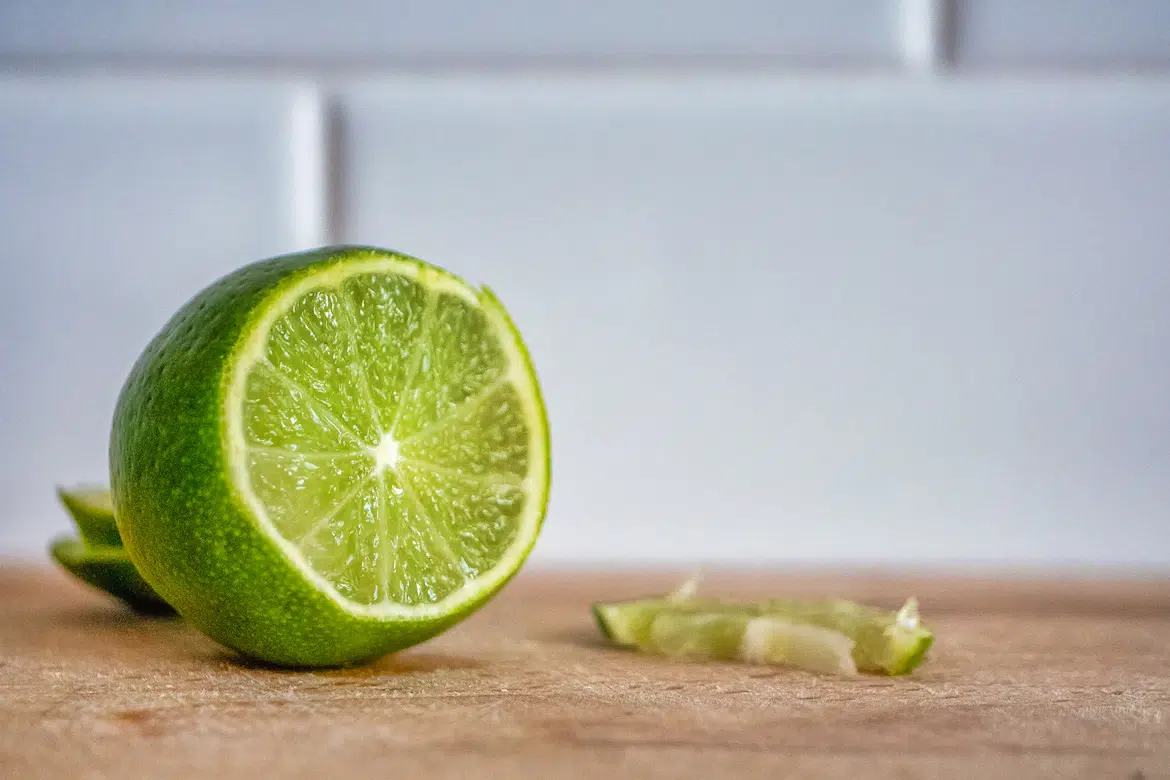In the world of fruit, there’s a vast array of colours, flavours and textures to explore. Among these, green fruits hold a special place for their unique flavours and impressive nutritional profiles. While we’ve discussed some popular green fruits in the previous sections, there are many more lesser-known but equally beneficial green fruits to discover. In the following table, we look at other green fruits that you may not be familiar with. We’ll look at where these fruits come from and highlight their nutritional benefits. Let’s go on a green fruits journey!

Green fruits are nature’s treasure trove, offering a wealth of health benefits and a burst of flavor. Packed with essential nutrients, antioxidants, and dietary fiber, they make an excellent addition to a balanced diet. This article will explore some of the most popular green fruits, their health benefits, and what makes each one unique.
The Top 10 Green Fruits
1. Avocado

Avocados, often mistaken for vegetables, are fruits with a creamy texture and a rich, nutty flavor. Native to south-central Mexico, they are now grown worldwide, with several different types available. Avocados are a source of healthy fats, contributing to good health and a robust immune system. They are versatile and can be used in a variety of dishes, from salads to desserts.
| Nutrition and Health Condition | Native Origin | Special Fact |
|---|---|---|
| Avocados are an excellent source of magnesium, potassium, vitamin C, vitamin E, and vitamin K. They contain 160 calories, 14.7g of fat, 7mg of sodium, 8.5g of carbohydrates, 6.7g of fiber, 0.7g of sugars, 2g of protein, 29mg of magnesium, and 485mg of potassium per half of an avocado. They are high in fat, fiber, and calories and have numerous health benefits, including phytochemicals and anti-inflammatory properties12. | Avocados are native to the Americas and were first domesticated by Mesoamerican tribes more than 5,000 years ago3. | Contrary to popular belief, avocados are actually berries, not vegetables. They contain more protein than any other fruit. An interesting behaviour of avocados is that they mature on the tree, but do not ripen until they are picked. |
2. Breadfruit

Breadfruit, native to New Guinea, is a round or oval-shaped fruit with a slightly sweet, watery flavor. Its starchy texture and unique taste make it a popular ingredient in many tropical cuisines. Breadfruit is a tropical fruit, primarily grown in regions like Hawaii, Southeast Asia, and Madagascar.
| Nutrition Condition | Native From | Special Fact |
|---|---|---|
| Breadfruit is an excellent source of potassium, vitamin C, pantothenic acid (vitamin B5), thiamin (B1), and fiber. One cup of raw breadfruit (220g) provides 227 calories, 2.4g of protein, 60g of carbohydrates, and 0.5g of fat. It is very low in fat and its high dietary fiber content can lower cholesterol levels and blood pressure, potentially protecting against heart disease (source). | Breadfruit is thought to be a domesticated descendant of Artocarpus camansi, which originated in New Guinea, the Maluku Islands and the Philippines. | The Fruit was initially spread to Oceania via the Austronesian expansion3 |
3. Custard Apple

Also known as cherimoya, custard apples have a soft, white flesh with a creamy, tropical flavor. Native to the West Indies, they are now grown in Central America, Southern Mexico, and South Florida. Custard apples are a good source of potassium and magnesium, making them a healthy choice for a sweet treat.
| Health Condition | Native From | Special Fact |
|---|---|---|
| The Custard Apple (Annona reticulata) is rich in carbohydrates (25.20g per 100g), low in fat (0.60g per 100g), and has a moderate amount of protein (1.70g per 100g). It also contains a variety of vitamins and minerals, such as Vitamin C (19.2mg per 100g), Potassium (382mg per 100g), and Iron (0.71mg per 100g) among others1. | The Custard apple is believed to be native to the West Indies but it was carried in early times through Central America to southern Mexico. It also successfully grows throughout Peru and Brazil. This tree was also brought to the Bahamas and Southern Florida. Early Spanish Traders transported Custard apples from the West Indies and Philippines to China23. | The Custard apples crop flourishes in line with the full moon ahead of Easter. It’s a unique phenomenon that occurs every year4 |
4. Gooseberries

Gooseberries, native to Europe and Asia, are tart fruits with a slight sweetness. They are now grown in Europe, Asia, and North America. Gooseberries are often used in Indian cuisine and are a delightful addition to any fruit salad.
| Nutrition and Health Condition | Native From | Special Fact |
|---|---|---|
| Gooseberries are low in calories but packed with nutrients. They are an excellent source of vitamin C, providing 46% of the daily value per cup. Vitamin A, potassium and manganese are also present. It is also known to help maintain heart health and control blood sugar levels. | Gooseberries are native to Europe, northwestern Africa, west, south, and southeast Asia. They are grown in many regions of the world today, including North America, and are relatively hardy, capable of withstanding harsh weather conditions. | Especially in Europe, they have been used in cooking for centuries. They are often used in desserts, sauces and jams. They are also known for their tart flavour and high nutritional content, including vitamin C and other antioxidants. |
5. Green Apples

Green apples, native to Australia, are known for their sour, tart flavor. They are an excellent source of fiber and potassium and are lower in sugar than most of their red apple counterparts. Green apples are versatile and can be used in a variety of dishes, from salads to desserts.
| Nutrition and Health Conditions | Native From | Special Fact |
|---|---|---|
| Green apples are packed with beneficial nutrients like dietary fiber, vitamin C, and potassium. They have antioxidant properties which can help protect against chronic diseases such as heart disease and cancer. In addition, the fiber in green apples can support digestion and assist in maintaining healthy blood sugar levels. | The apple tree, including the green apple varieties, is believed to originate from Central Asia, specifically from the regions covering Kazakhstan, Kyrgyzstan, Tajikistan, and Xinjiang, China. | Green apples have a unique tart flavor compared to other apple varieties, making them popular in various culinary applications, such as baking and cider-making. Moreover, the phrase “an apple a day keeps the doctor away” often applies to green apples due to their exceptional health benefits. |
6. Green Grapes

Green grapes, native to the Mediterranean Region, are small fruits with a sweet and tart flavor. They are grown worldwide and are a popular choice for a healthy snack. Green grapes can also be frozen for a refreshing treat on a hot day.
| Nutrition and Health Condition | Where the Fruit is Native From | Special Fact |
|---|---|---|
| Green grapes are high in several important nutrients including copper, vitamins B and K. They aid heart health by potentially lowering blood pressure and cholesterol levels. They are also high in antioxidants which may protect against chronic health conditions such as heart disease, high blood sugar levels, and cancer1. | Green grapes are native to the Mediterranean region, Central Europe, and southwestern Asia. | The European wine grape (Vitis vinifera) is used to produce most standard or higher quality wines and is the species most commonly used in wine making. It has been successfully cultivated in the Old World for thousands of years. |
7. Honeydew Melon

Honeydew melon, native to the Middle East, is a fruit with a sweet flavor. It is primarily grown in China, Mexico, India, and Turkey. Honeydew melons are an excellent source of Vitamin C and make a refreshing addition to any fruit salad.
| Nutrition and Health Benefits | Native Origin | Special Fact |
|---|---|---|
| Honeydew melon is rich in diverse nutrients including vitamins C, B6, K, folate, potassium, and magnesium. It’s also a good source of fiber and contains compounds with strong antioxidant capacity. It may help reduce blood pressure due to its high potassium and low sodium content. Honeydew melon also contains several nutrients vital for bone health, and may promote healthy blood sugar levels1. | The Honeydew Melon, also known as the White Antibes cultivar, has been grown for many years in southern France and Algeria. It is also well-known in China, particularly in the northwest region around Lanzhou, the capital city of Gansu province. It was introduced to China by American Secretary of Agriculture, Henry A. Wallace, who donated melon seeds to the locals while visiting in the 1940s2. | The ancient Egyptians regarded the honeydew as sacred and it was only reserved for society’s elite. Compared with other melons, honeydews require a relatively longer growing season and continue to ripen even after picking. The degree of honeydew’s sweetness depends on when it was harvested – melons that are allowed to ripen on the vine and picked just before it is fully mature have the best flavor and are very sweet when eaten. Additionally, a less common type of honeydew has an orange-colored flesh3. |
8. Kiwifruit

Kiwifruit, native to China, is a small fruit with a sweet and tangy flavor. It is primarily grown in New Zealand, Japan, South Korea, Italy, Greece, Chile, California, and France. Kiwi is an excellent source of Vitamin C and antioxidants, making it a healthy choice for a snack or dessert.
| Nutrition and Health Benefits | Native Origin | Special Fact |
|---|---|---|
| Kiwifruit is rich in vitamins C and E, antioxidants, and fiber. It is known for its ability to aid digestion, boost the immune system, and support heart health. | Kiwifruit is native to China, specifically the Yangtze River valley. | Kiwifruit is known for its unique bright green flesh and black seeds. Despite its fuzzy brown exterior, the inside is sweet and tangy. |
9. Limes

Limes, native to Asia, are a type of citrus fruit with a sour, acidic flavor. Farmers primarily grow them in Mexico and Brazil, and they are an excellent source of Vitamin C. You can use limes in a variety of dishes, from salads to desserts, and they are a key ingredient in many beverages.
| Nutrition and Health Condition | Native Origin | Special Fact |
|---|---|---|
| Limes are a rich source of vitamin C, are sour, and are often used to accent the flavors of foods and beverages. They are grown year-round1. | Limes are a citrus fruit, which is typically round, green in color, and contains acidic juice vesicles. The word “lime” comes from French, which took it from Arabic, which in turn took it from the Persian word “līmū,” meaning “lemon”1. | Plants with fruit called “limes” have diverse genetic origins; limes do not form a monophyletic group1. |
10. Mexican Sour Cucumber

Mexican sour cucumbers, also known as cucamelons, are small fruits that look like mini watermelons but taste like cucumbers with a slight tart taste. They are native to and primarily grown in Mexico and Central America. Mexican sour cucumbers are a distinctive addition to any salad or salsa, providing a unique flavor profile.
| Health Condition | Native From | Special Fact |
|---|---|---|
| Mexican Sour Cucumbers, or Cucamelons, are beneficial for heart health, aging, stroke, cancer, lower cholesterol levels, constipation, blood pressure, eyes, and every internal organ of the body. They contain antioxidants that help to promote the functioning of the heart and prevent the development of cancer. They are also high in potassium and Vitamin C, which can lower high levels of cholesterol in the body and boost the work of the body organs. The peel is a good source of dietary fiber that helps reduce constipation and offers some protection against colon cancers by eliminating toxic compounds from the gut1. | Cucamelons are native from Mexico to Venezuela2. | Cucamelons are about the size of grapes and taste like cucumbers with a tinge of sourness. They may have been eaten by indigenous peoples before European colonization of the Americas began2. |
Some more Green Fruits

| Name of the Fruit | Native To | Nutritional Information |
|---|---|---|
| Green Kiwano (Horned Melon) | Africa | High in vitamin C and antioxidants |
| Feijoa | South America | Rich in vitamin C and dietary fiber |
| Chayote | Central America | Good source of vitamin C, folate, and dietary fiber |
| Green Zapote | Central America | High in vitamin A, C, and potassium |
| Green Tamarind | Africa | Rich in tartaric acid, vitamin B, and calcium |
| Ugli Fruit | Jamaica | High in vitamin C and dietary fiber |
| Marang | Southeast Asia | Good source of vitamin C, potassium, and dietary fiber |
| Green Jocote | Central America | High in vitamin C and dietary fiber |
| Cucamelon | Central America | High in antioxidants, vitamins, and minerals |
| Bearss Lime | California, USA | High in vitamin C and dietary fiber |
| Bergamot | Italy | Rich in vitamin C and antioxidants |
| Green watermelon | Africa | High in vitamin C, A, and hydration |
| Mamey | Central America | High in vitamin C, A, and dietary fiber |
| Green Plum | Europe and Asia | High in vitamin C, K, and dietary fiber |
| Green Fig | Western Asia | High in dietary fiber, B6, and copper |
Remember, the nutritional content can vary depending on the size of the fruit and how it’s prepared. Always try to consume fruits in their whole form to get the most benefits.
Conclusion: Green Fruits
Green fruits are not only delicious but also packed with a variety of essential nutrients. Incorporating these fruits into your diet can provide numerous health benefits, from boosting your immune system to improving your digestive health.
Whether you’re enjoying a tart green apple, a creamy avocado, or a refreshing slice of honeydew melon, you’re doing your body a favor. So, the next time you’re at the grocery store, don’t forget to add some green fruits to your cart!
Thank you for reading the Best Green Fruits! You can find more worldwide articles here: World Blog or our Article about Best Fruits for Traveling!
- A Milestone in North Korea Tourism: Russian Tourists Arrive - January 14, 2024
- Rediscovering China’s Skies: China International Flights Recovery - January 7, 2024
- Exploring the Philippines: A Record-Breaking Tourism in 2023 - January 7, 2024

